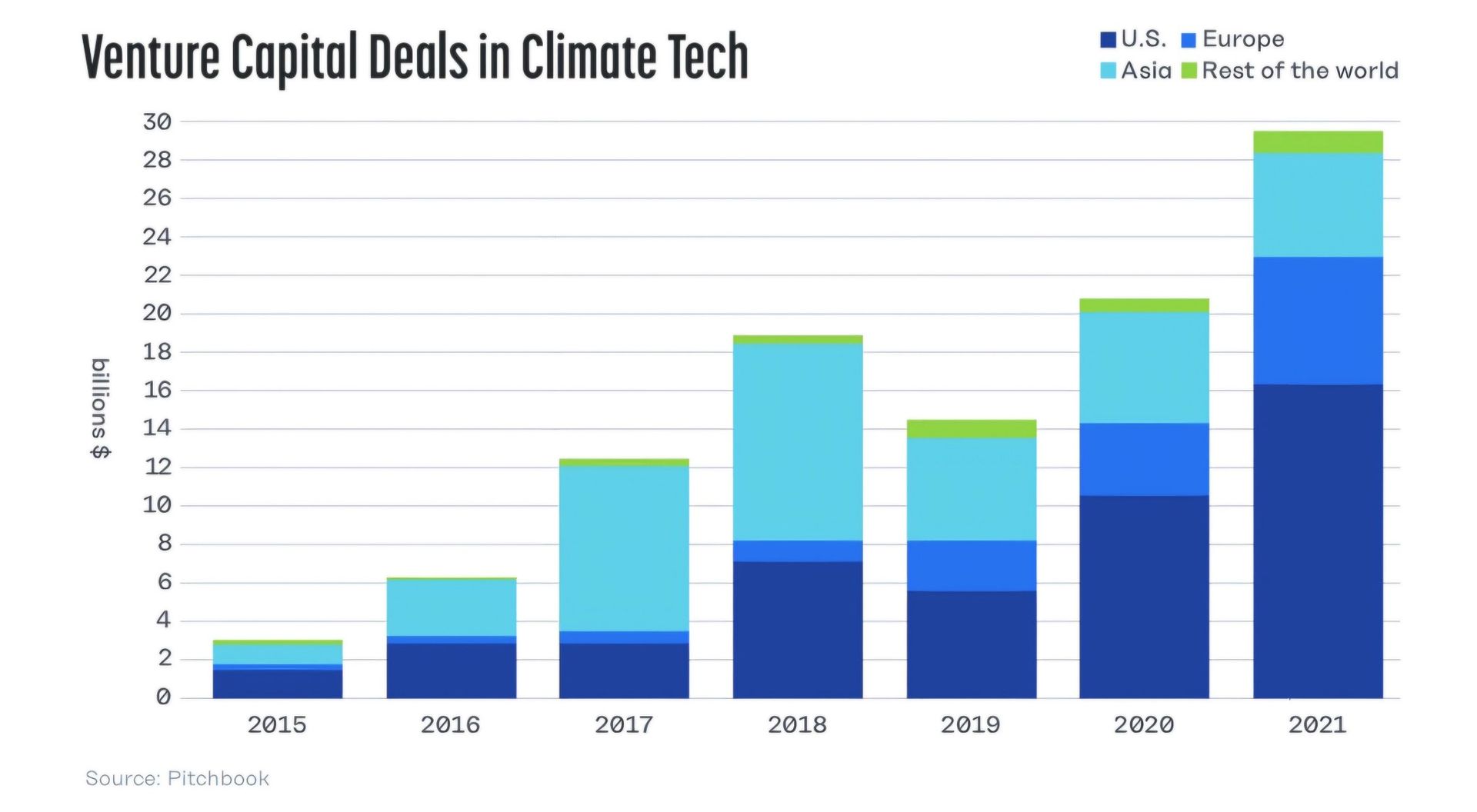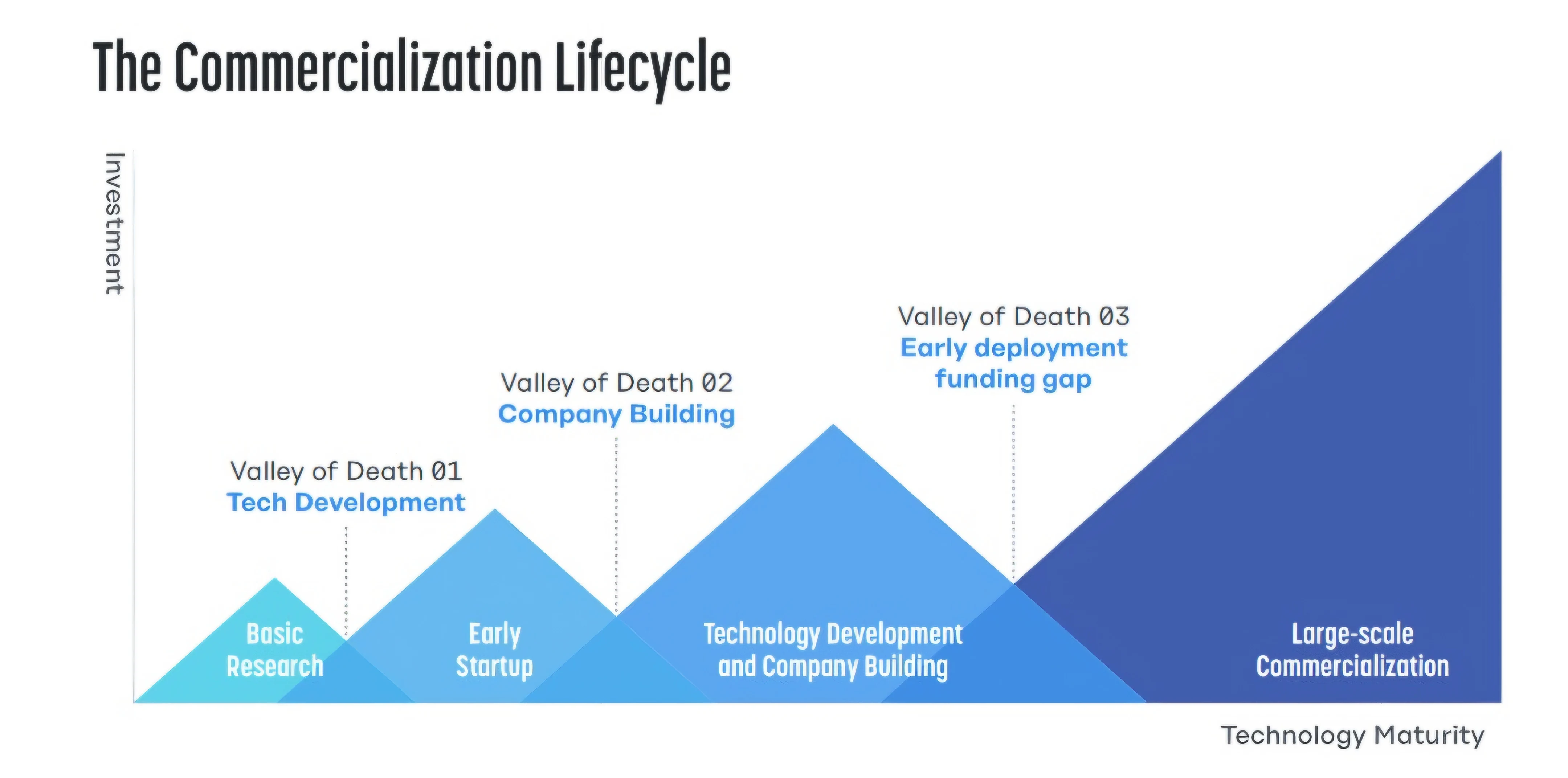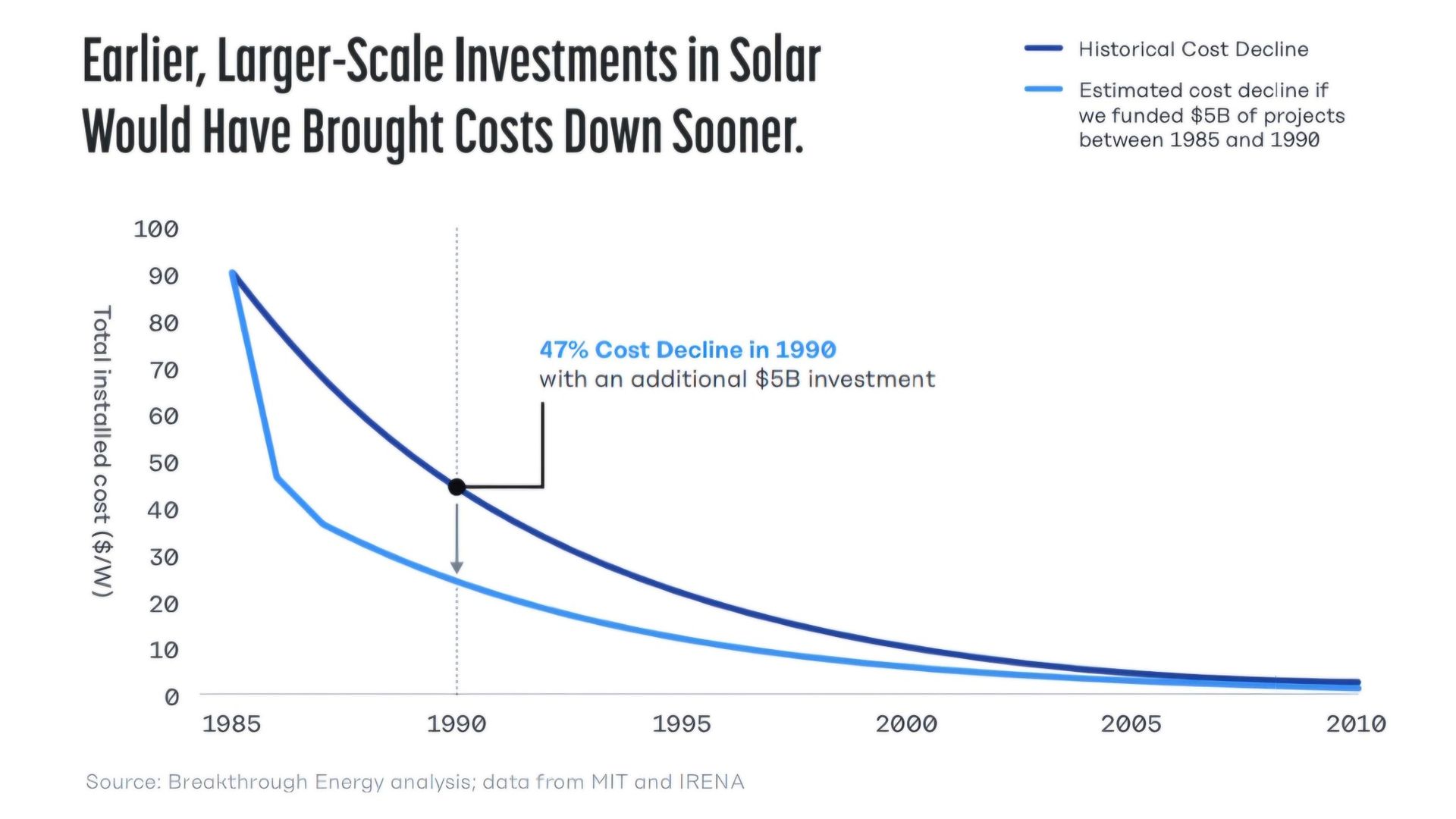The Clean Tech Struggle: Obstacles and Possible Solutions

Imagine a world full of extraordinary inventions: flying vehicles, robots that do household chores, and devices that transform pollution into useful products. Fascinating, isn't it? But why aren't these innovations part of our daily lives yet?
Why Do Some Brilliant Ideas Fail to Thrive?
Consider the Valley of Death as a rigorous endurance test for technologies.
Many of them pass the initial stages but face the final challenge of becoming viable in the market.
While some quirky ideas don't necessarily need to materialize, what happens when we're talking about innovations with the potential to mitigate global crises?
The situation becomes alarming.
Zero-Carbon Technologies: Innovations in Need of Support
In the context of saving the planet, zero-carbon technologies emerge as true heroes in the fight against climate change.
However, these "heroes" face a significant barrier: lack of funding.
Developing these technologies is a complex and costly process, comparable to building a spaceship with Lego pieces.
And unlike that new dance app that everyone downloads in a day, convincing people to change their habits for something that can't be posted on Instagram is... complicated.

Why Is It So Difficult for Clean Technologies?
Heavy Infrastructure
While tech startups basically need computers and coffee, clean energy companies need to build huge things. Imagine trying to hide a building-sized battery in your bedroom!
Safety First
Nobody wants their giant battery to explode, right? So, these technologies have to undergo rigorous testing. It's like having to take the college entrance exam thousands of times before being allowed into college.
Scaling Mountains... Literally
Making something work on a small scale is one thing. Making it work on a massive scale is entirely different. It's like the difference between baking a cupcake and a wedding cake for 1000 people.
Money, Money, Money
All of this costs a fortune. And guess what? Banks aren't exactly lining up to lend money for such risky projects. It's like asking for a loan to build a rocket to Mars — made of cheese.

The Green Egg and Clean Chicken Dilemma
Here’s the problem: clean technologies usually offer nothing new except for, well, being clean.
It's like trying to convince people to buy a smartphone that does exactly the same thing as the old one, but costs twice as much. Oh, but it doesn’t heat the planet! Cool, right?
This creates a vicious cycle:
- The technologies are expensive.
- Nobody wants to buy them because they are expensive.
- Without buyers, it’s hard to get funding.
- Without funding, it’s impossible to bring costs down.
- Go back to step 1 and repeat until the end of time (or the planet, whichever comes first).
The Role of the Government: A Necessary Support
But there’s no need to despair! Just like in movies, when things look dire, unexpected help arrives: the government.
Remember solar panels?
They used to be so expensive that only eccentric millionaires could have them. But then governments decided to give a helping hand.
Result? Today, even those who save for small purchases can enjoy solar energy in their homes.
The same happened with wind energy. Thanks to government incentives, we’ve seen the rise of large wind farms, promoting clean energy generation.

How to Support Technologies in the Valley of Death?
So how can we help more innovations escape the Valley of Death? Some suggestions include:
- Increase investment in research: What if we allocated resources to science at the same levels as we do for entertainment?
- Tax incentives: Doing good for the planet should come with tax breaks, don’t you think?
- Pollution taxes: If polluting hurts financially, everyone will want to be friends with the planet.
Conclusion: Ideas Are Important, But Action Is Key!
In the end, having innovative ideas is valuable, but it’s not enough. We need to create a supportive environment for these innovations to flourish.
This means effective policies, fair markets, and possibly cutting down on bureaucracy.
So next time you come across a promising technology that could change the world, remember: it needs our support to escape the Valley of Death.
Who knows? You might be the change agent it so desperately needs!
Source and Bibliography
This text contains key information from the section "Crossing the Valley of Death" from Bill Gates' white paper.
